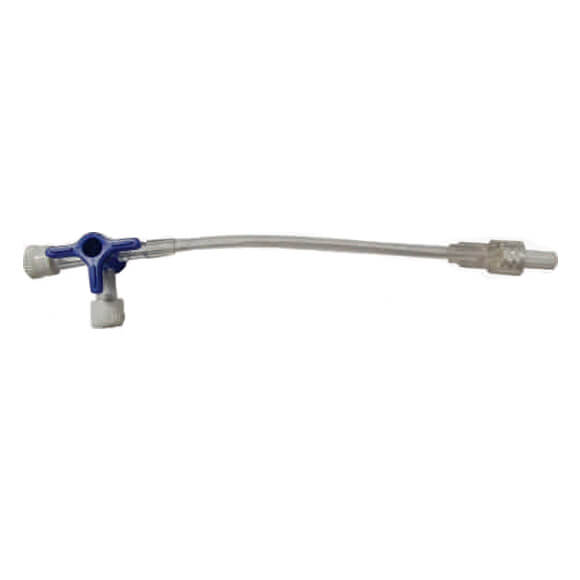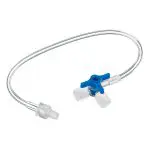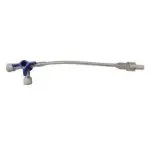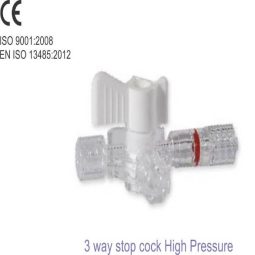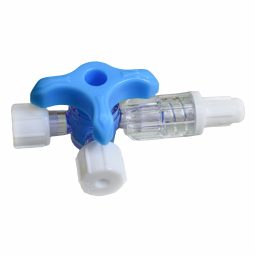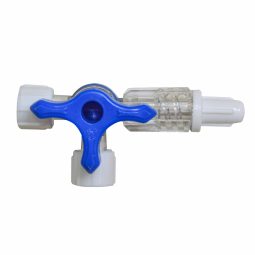Description
Feature of 3 way stopcock with extension tube
Three Ports: A stopcock is like a junction with three openings to control fluid flow in medical procedures.
Rotating Handle: The rotating handle on the stopcock controls the flow of fluids by opening or closing pathways for medication administration.
Luer Lock Connections: The ports have Luer lock connections to securely attach to syringes, IV tubing, and catheters, preventing leaks.
Extension Tube: The extension tube makes the three-way stopcock more flexible and easier to use by adding extra length.
Transparent Housing: Some 3 way stopcocks are see-through, so healthcare workers can watch the fluid flow and check for blockages or air bubbles.
Sterile Packaging: Sterile, individually packaged 3 way stopcocks with extensions provide cleanliness and safety to the patient.
Color-Coding: Color-coded stopcocks assist health care professionals in identifying specific ports and their respective functions to expedite medical procedures.
Uses Of 3 way stopcock with extension tube
- IV Therapy: IV therapy, a 3-way stopcock with an extension tube assists administration of more than one drug or fluids at one site.
- Blood Transfusions: The 3-way stopcock connects the IV line to the blood bag for seamless transfusion and additional fluid or meds.
- Arterial Line Monitoring: Arterial lines help doctors monitor critical patients, draw blood, and check pressure via a three-way stopcock.
- Medication: The healthcare professional will combine or dilute specific medicines by using a stopcock for the patient.
- Continuous Infusions: Stopcock controls several infusions and has the ability to regulate the flow rate for continuous drug or fluid infusion.
-
Anesthesia Administration: Anesthesiologists use the stopcock to normally regulate the flow of anesthesia gases or medications during surgery.
- Emergency Situations: The 3 way stopcock quickly controls blood, fluids, and meds during trauma or cardiac arrest
